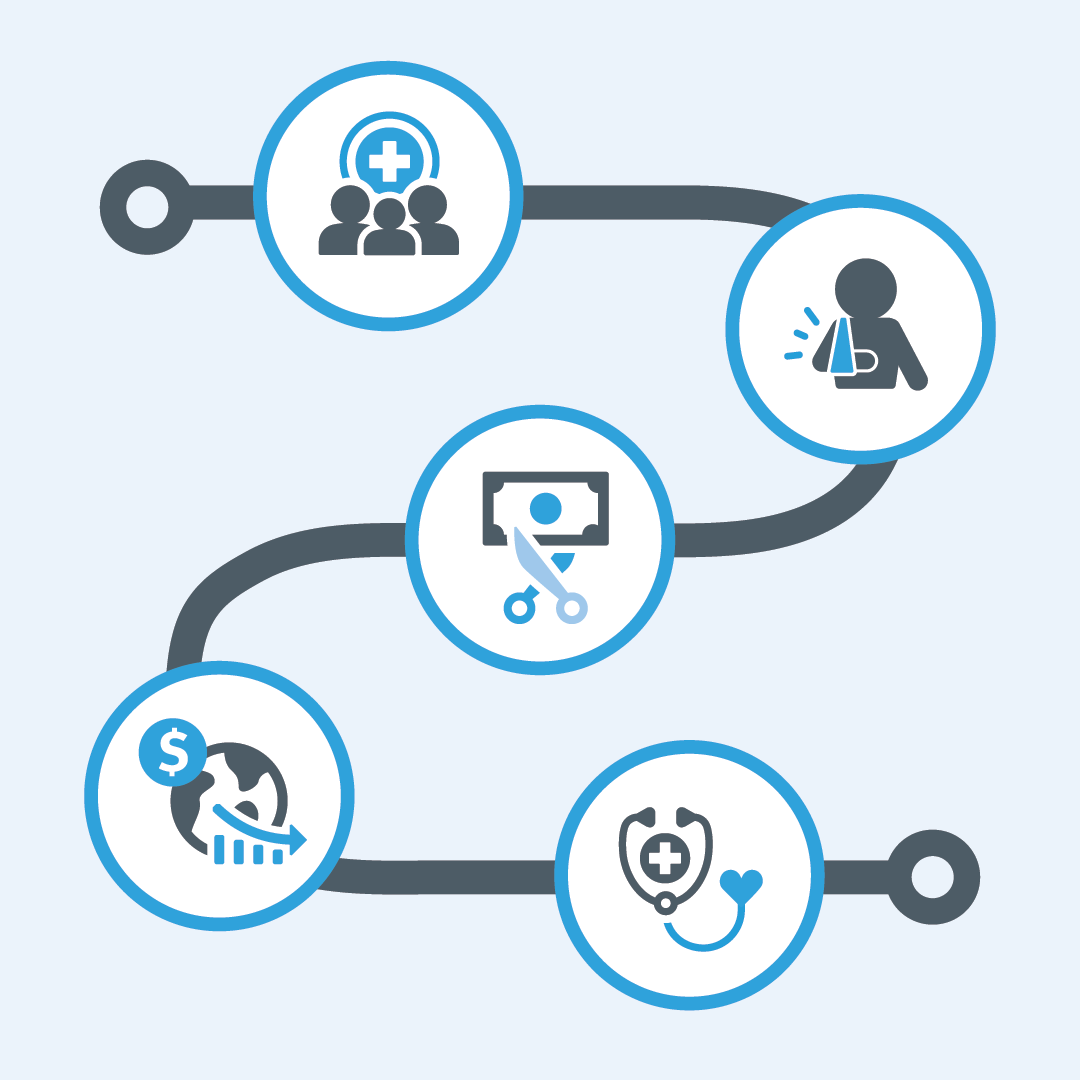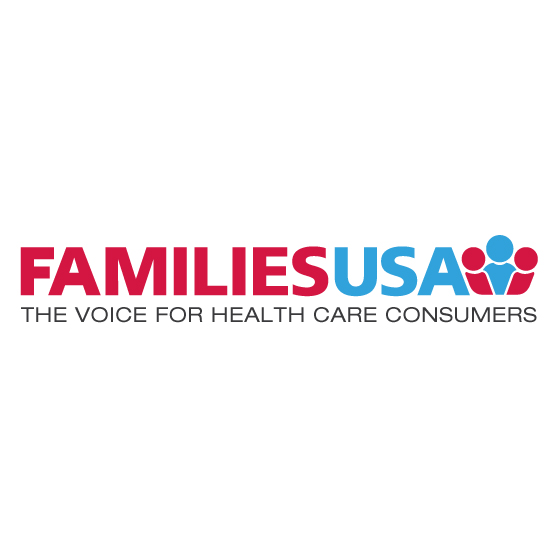New Research: Strategies for Increasing COVID-19 Vaccination Rates and Improving Health Care Access Among Medicaid Enrollees
By Rebecca Gordon, Audrey Richardson, Kelly Murphy,
04.28.2022
It has been well documented that Medicaid enrollees face barriers to health care, including costs of care, difficulties accessing providers and insurance-based discrimination when accessing care, among others. These barriers have resulted in decreased health care utilization, especially for preventive services, including vaccinations. Like routine vaccination rates, COVID-19 vaccination rates among those covered by Medicaid and the Children’s Health Insurance Program (CHIP) are severely lagging behind the general public. A handful of states have reported COVID-19 vaccination rates among their Medicaid beneficiaries, and the data reveal disparities between those covered by Medicaid and the total population. For example, in California, 82.7% of Californians ages 5 and older received at least one dose of the COVID-19 vaccine as of February 15, 2022, compared with only 55.8% of Medi-Cal beneficiaries.
Taking into account the history of barriers to health care with Medicaid coverage, Families USA embarked on a research project to understand the challenges, barriers and outstanding needs that are contributing to the low COVID-19 vaccination rates among Medicaid beneficiaries. This research focuses specifically on adults of color covered by Medicaid and builds on previous Families USA work to improve equitable vaccine access and increase COVID-19 vaccination rates in communities of color.
This paper identifies core themes around COVID-19 vaccination and health care access stemming from our research and provides five strategies for state advocates and policymakers to increase COVID-19 vaccination rates and, more generally, improve health care access for individuals enrolled in Medicaid. These steps are critical to improving the health and well-being of Medicaid beneficiaries during and beyond the pandemic.




